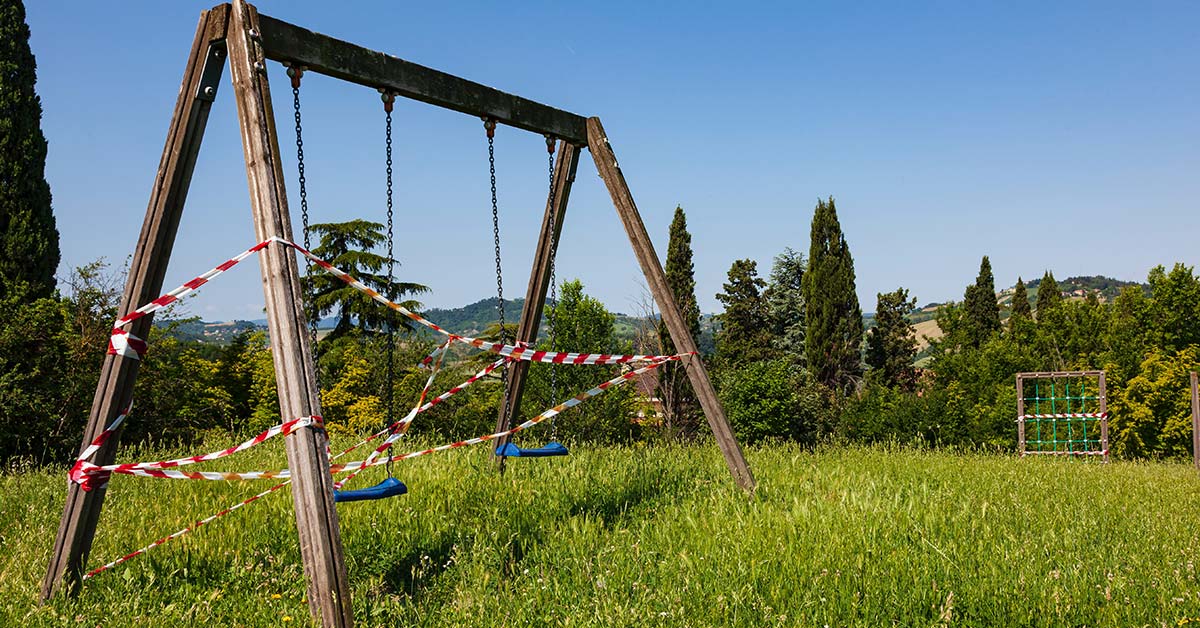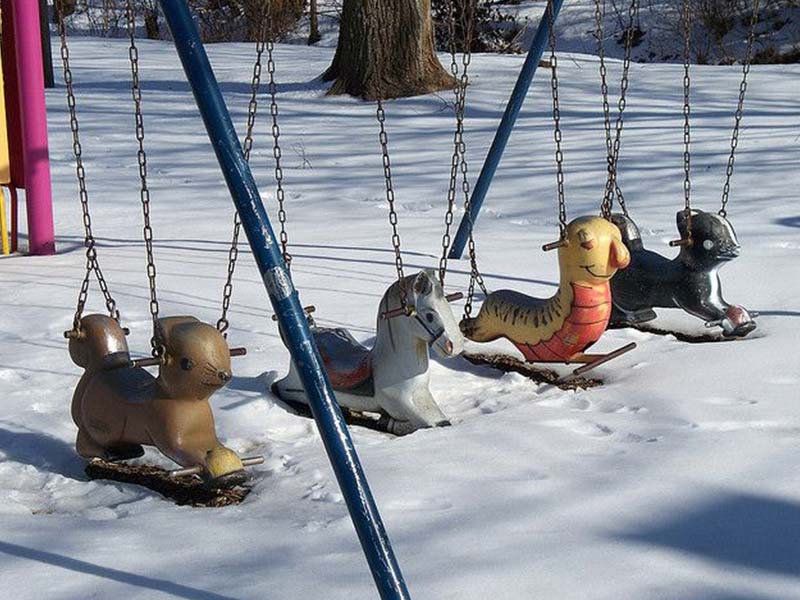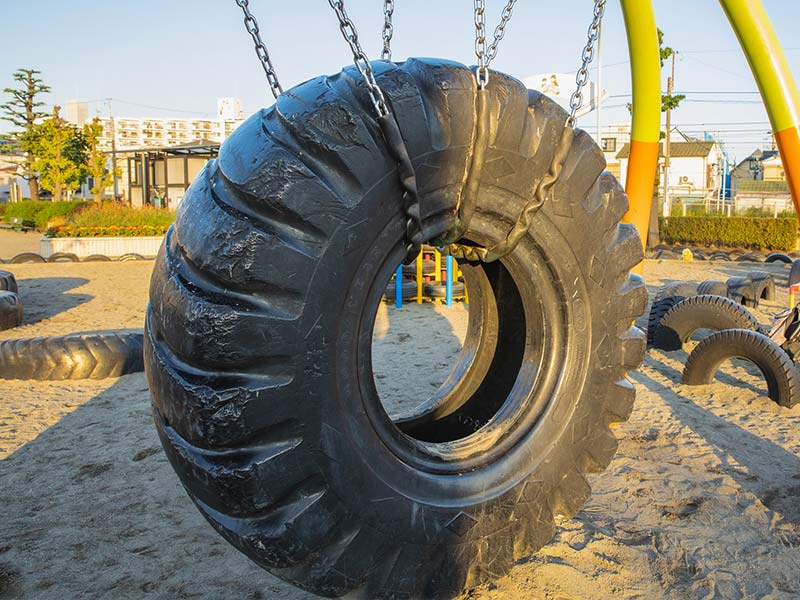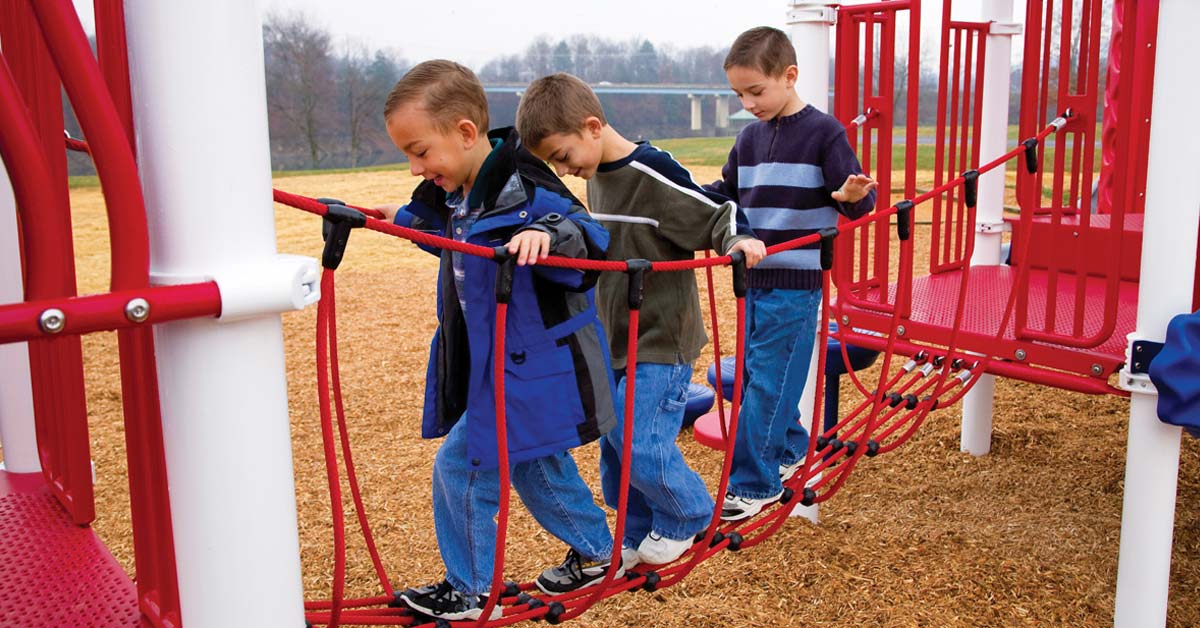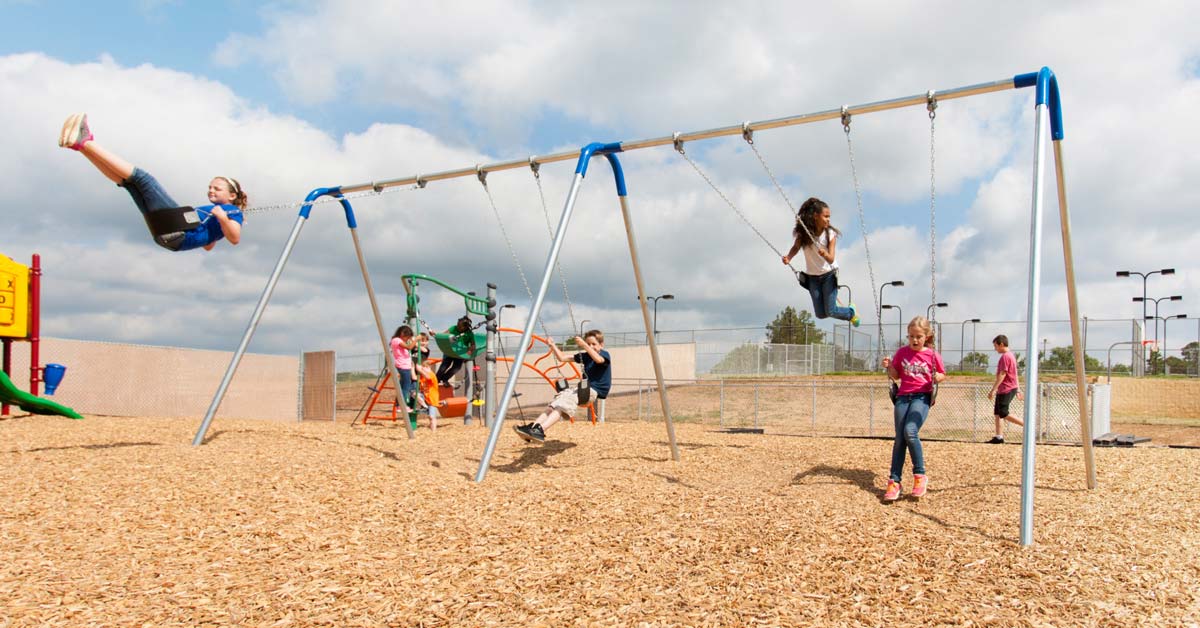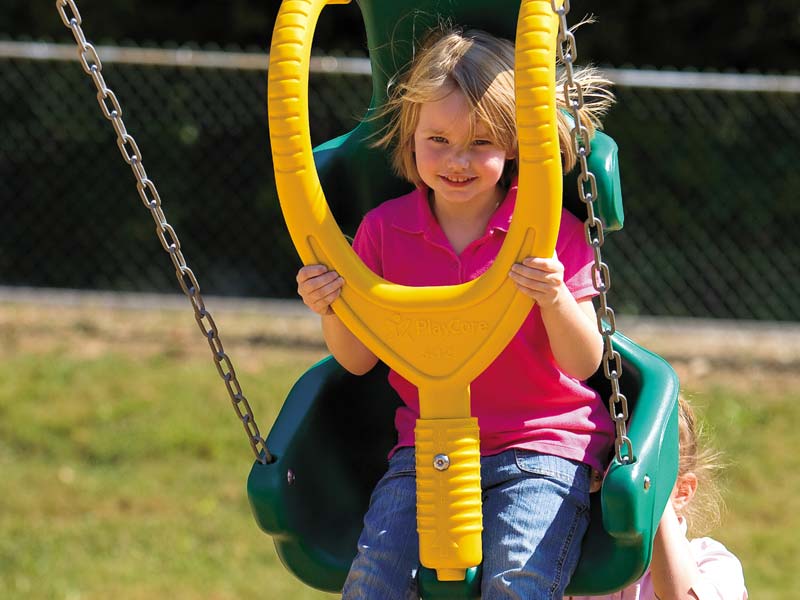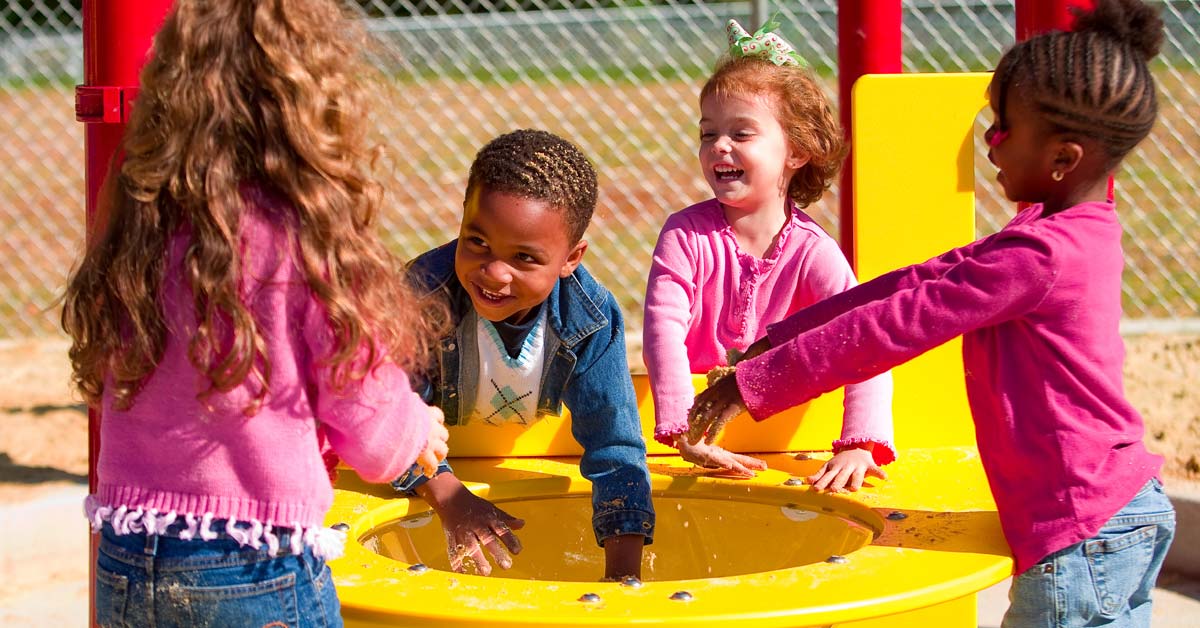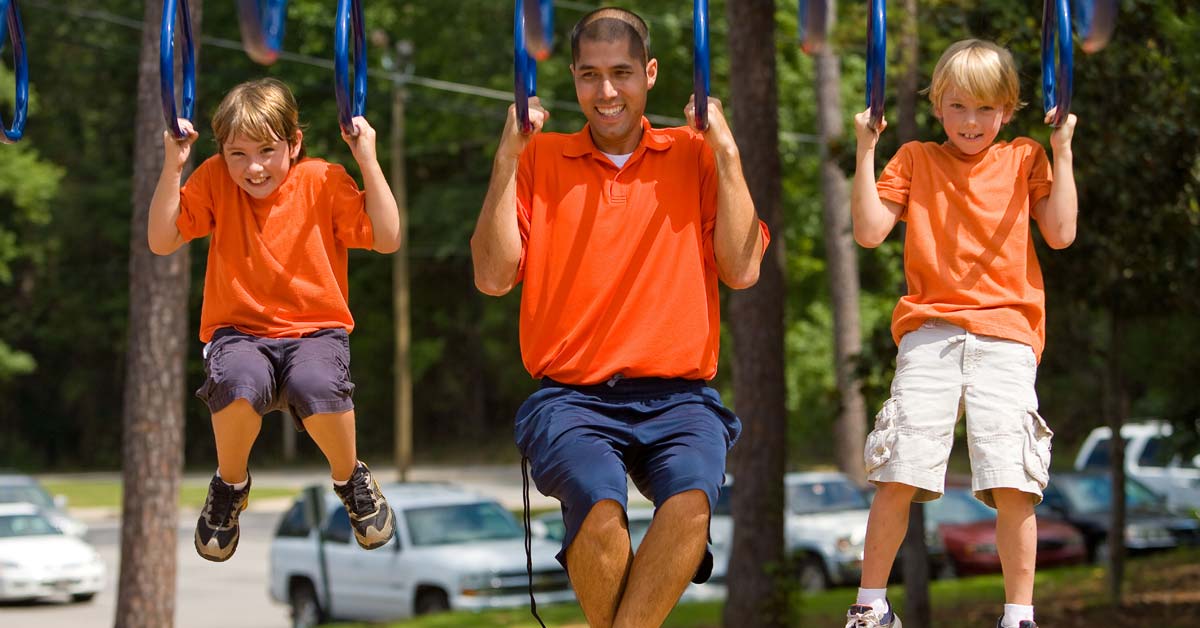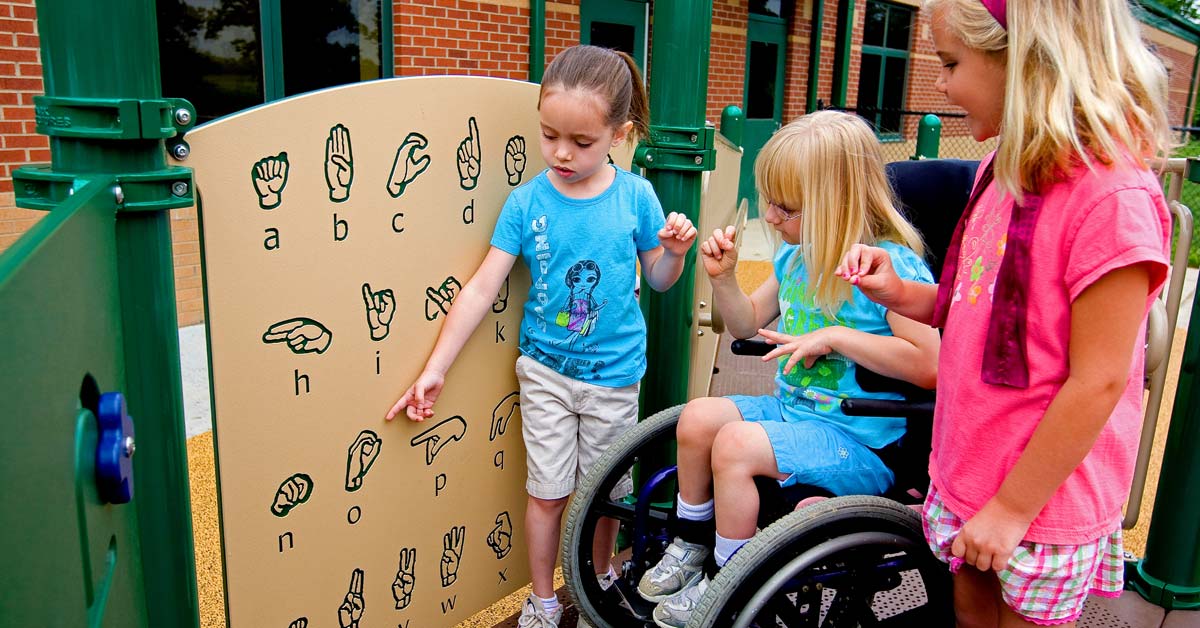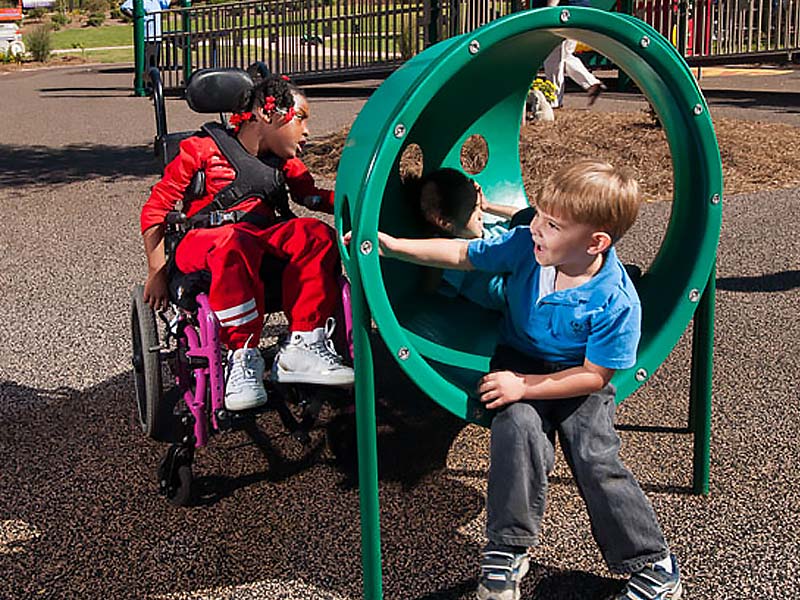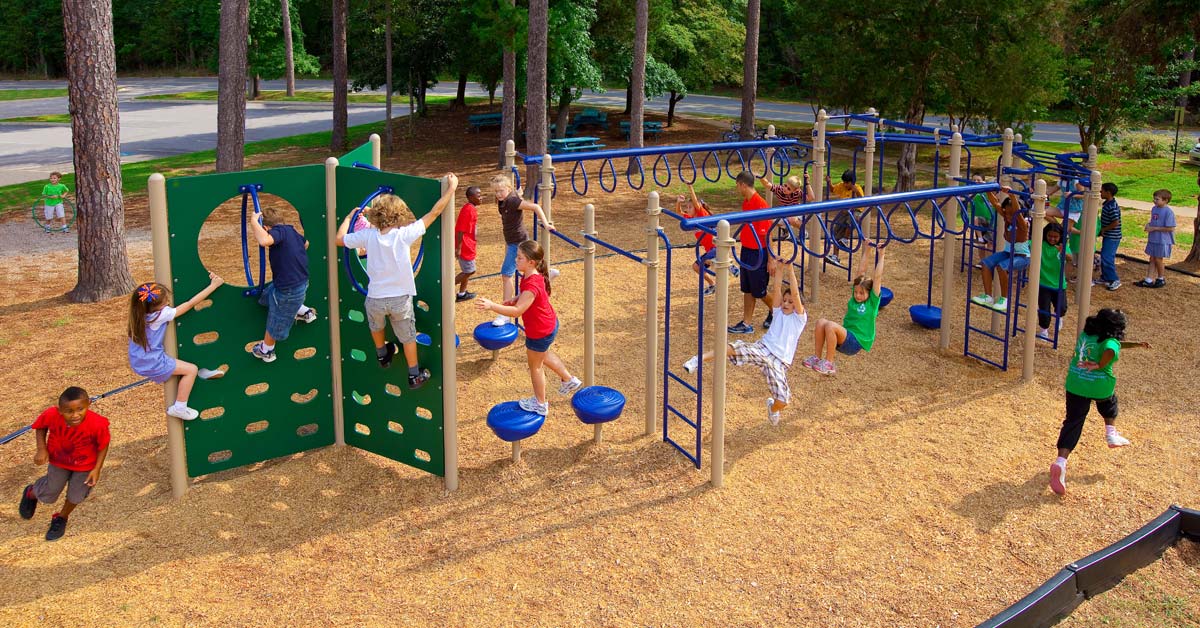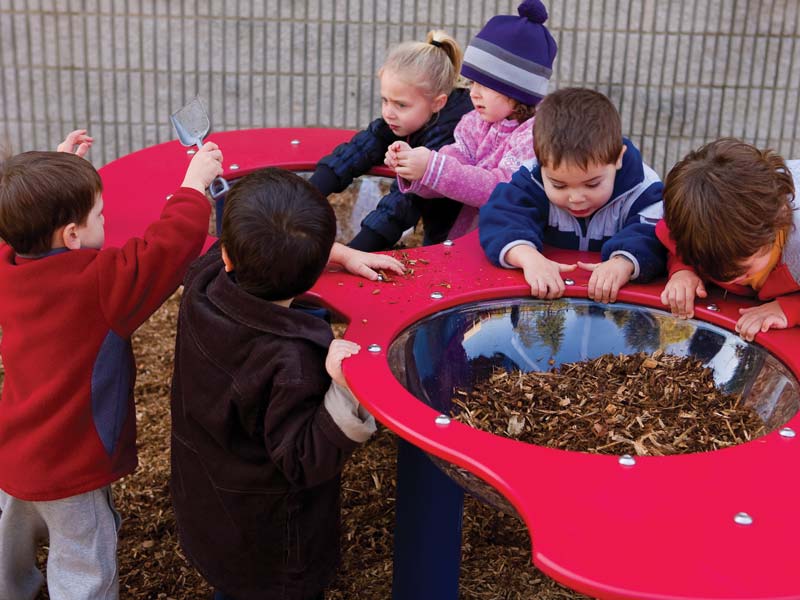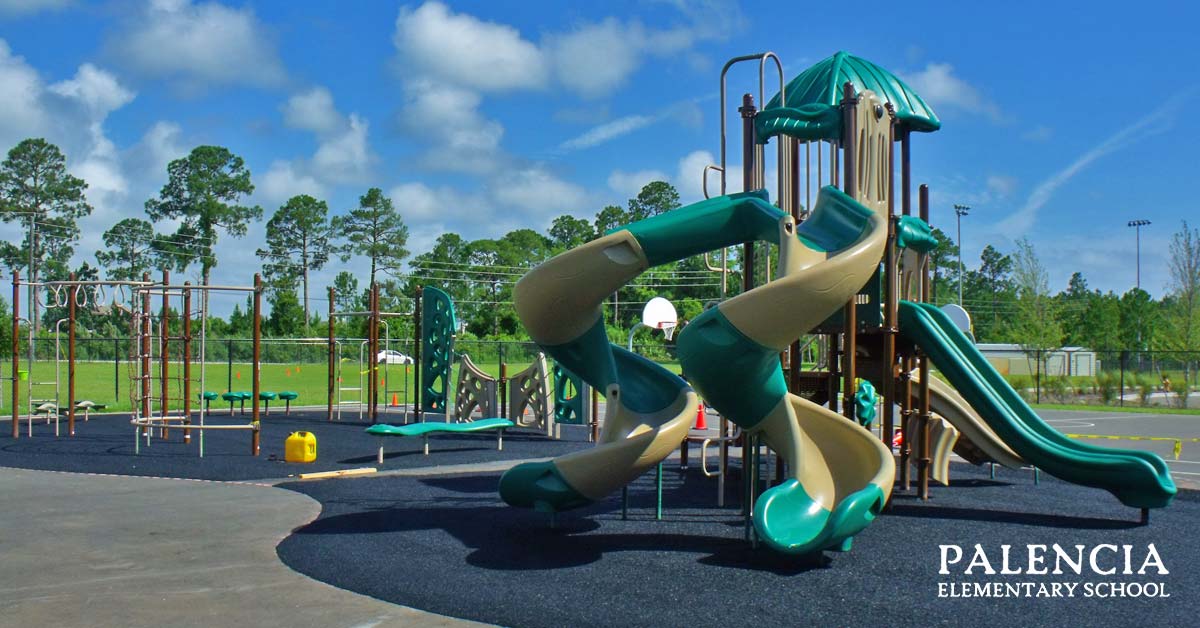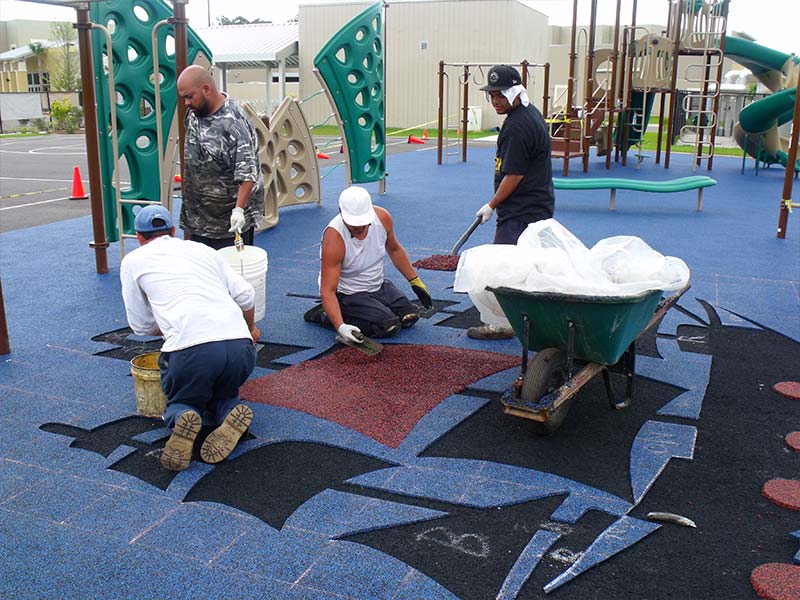Incorporating all the primary elements of play is vital for maximizing the value of your play space. Playgrounds can look like a complicated mix equipment but when examined more closely you might notice something. Each piece of equipment is a variation of a few basic components broken apart, reimagined, and put back together in an infinite and diverse array of equipment. Today we are breaking down the elements of play. Hopefully, you can use this information to build a more challenging and satisfying playground.
Primary Elements of Play
Climbers
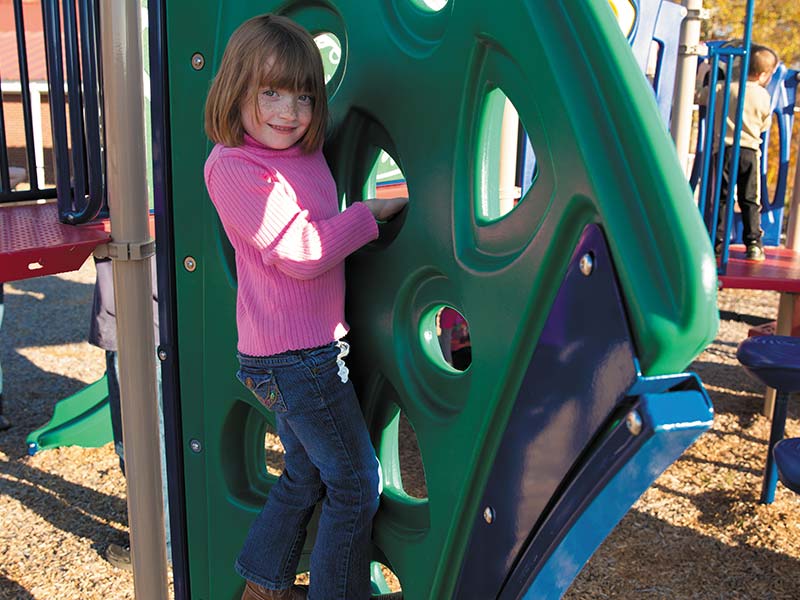
Children climb constantly almost from the moment they begin to stand. That said, it’s no surprise that playgrounds are filled with equipment to climb. Climbers, the first of the elements of play, come in all shapes and sizes. They can be as simple as an inclined ramp or as elaborate as a spidery arrangement of cables.
Climbing provides children with more than just a means of moving from point A to point B. When children first begin to climb they are learning to perfect and coordinate the movements of their hands and feet. As children master basic climbing, they progress to more advanced obstacles. Eventually, they begin climbing higher, tackling more difficult equipment, and climbing across spaces with just their hands. Finally, they start to desire more challenging climbers that incorporate other elements of play.
Balance Beams
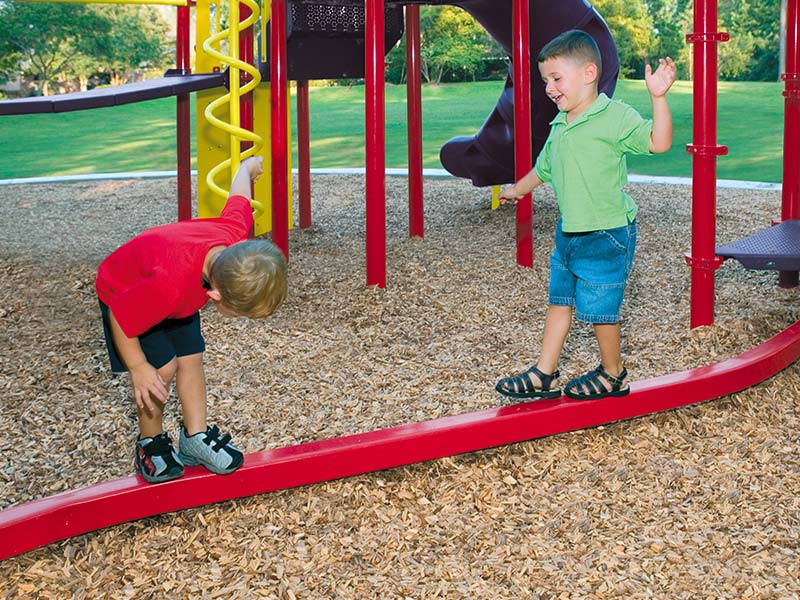
From simple balance beams to more advanced obstacles, balance is nearly part of almost every piece of playground equipment. Balancing elements of play provide children with a sense of accomplishment upon completion and children become inventive with balance equipment. They find their own ways to make it more challenging by going faster, returning without touching the ground, or balancing on one leg. Today’s playgrounds have climbing components suspended on springs and balance boards that move and swivel. Each type of motion requires a different skill set, adding variety and difficulty to any playground.
Motion Play
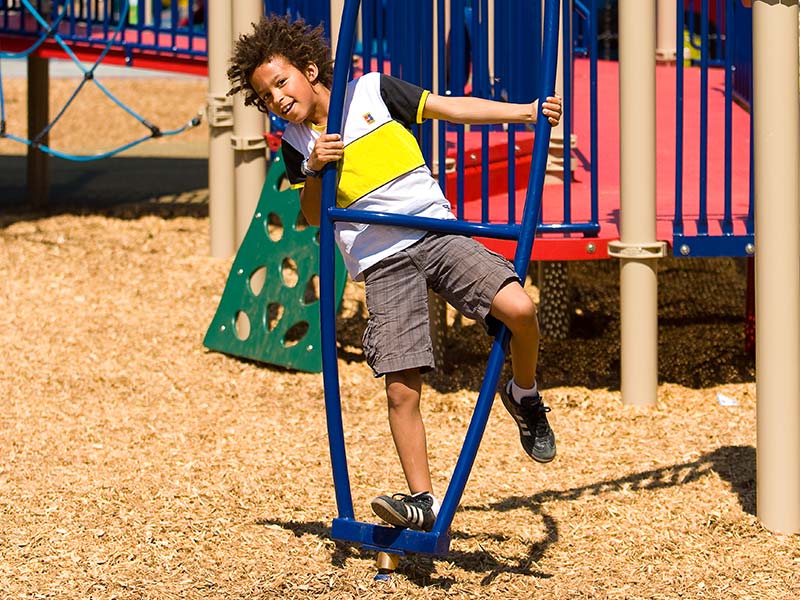
Components the involve movement are always the most popular equipment on any playground. Children crave motion that is both soothing and thrilling. Swings, spring riders, spinners, and other motion equipment are all cousins, providing a fun way to exercise. This equipment also teaches children the basics of physics as they move, pump, and twist to propel themselves through space.
How to Include More Elements of Play in Your Playground
When you are designing a playground be sure to look for ways to incorporate each of these elements into your playground to ensure a successful design. The more of these elements that a component requires during use the more challenging it will be. If you are building for little children, choose low, stable equipment, short slides and gentle spring riders. For older children, choose higher structures, more challenging climbers and that swing or flex and require greater balance. Providing a wide range of difficulty levels will broaden the appeal of your playground and ensure that each visitor remains entertained. A well-rounded playground should begin and end with the elements of play.

